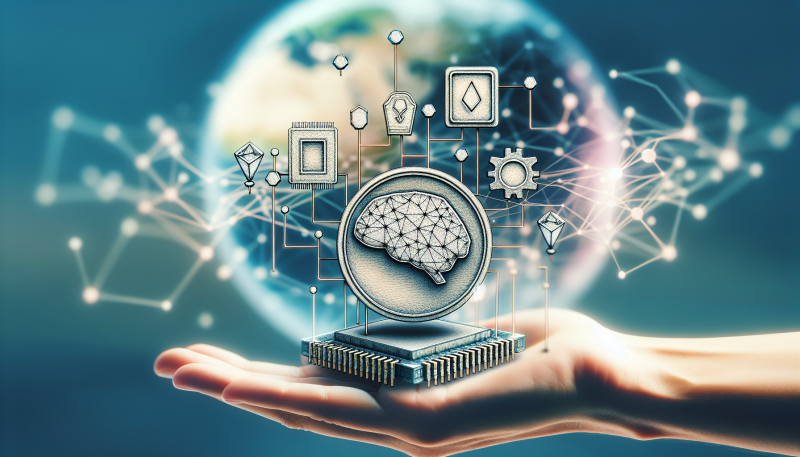What happened?
Decentralized AI networks are emerging that use blockchain tokens to coordinate and pay for GPU inference work. Projects like SingularityNET/ASI:Cloud, Bittensor (TAO), Gensyn, and Akash are already proving token-based access, metering, and incentive models for running AI models. That means inference (the stage where models actually power apps like chatbots and assistants) is being moved from closed cloud services to open, tokenized networks.
Who does this affect?
Developers and startups building AI apps get new, permissionless ways to run models and pay per output instead of opaque cloud subscriptions. GPU owners, node operators and validators can earn tokens for verified compute, while token holders and investors gain a new utility tied to real AI usage. Large AI labs and cloud providers may face competition as enterprises weigh costs, latency, and regulatory needs between centralized and decentralized options.
Why does this matter?
The AI inference market is booming—already tens of billions today and forecasted to grow to hundreds of billions—so tokenized inference rails could capture substantial new value. Tokens that tie directly to compute usage can create on-chain revenue streams and network effects that boost token utility and project valuations. But tokenomics, verification, latency and regulatory risks mean market volatility and uncertain enterprise adoption, so investors and businesses should weigh growth potential against operational and governance challenges.
